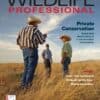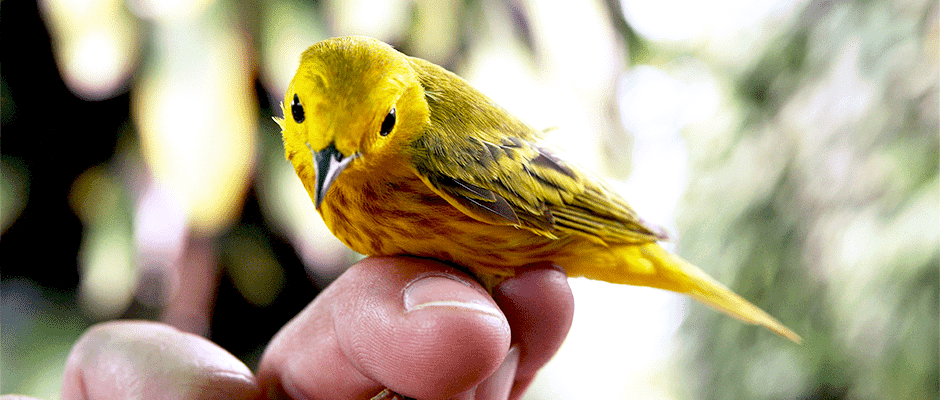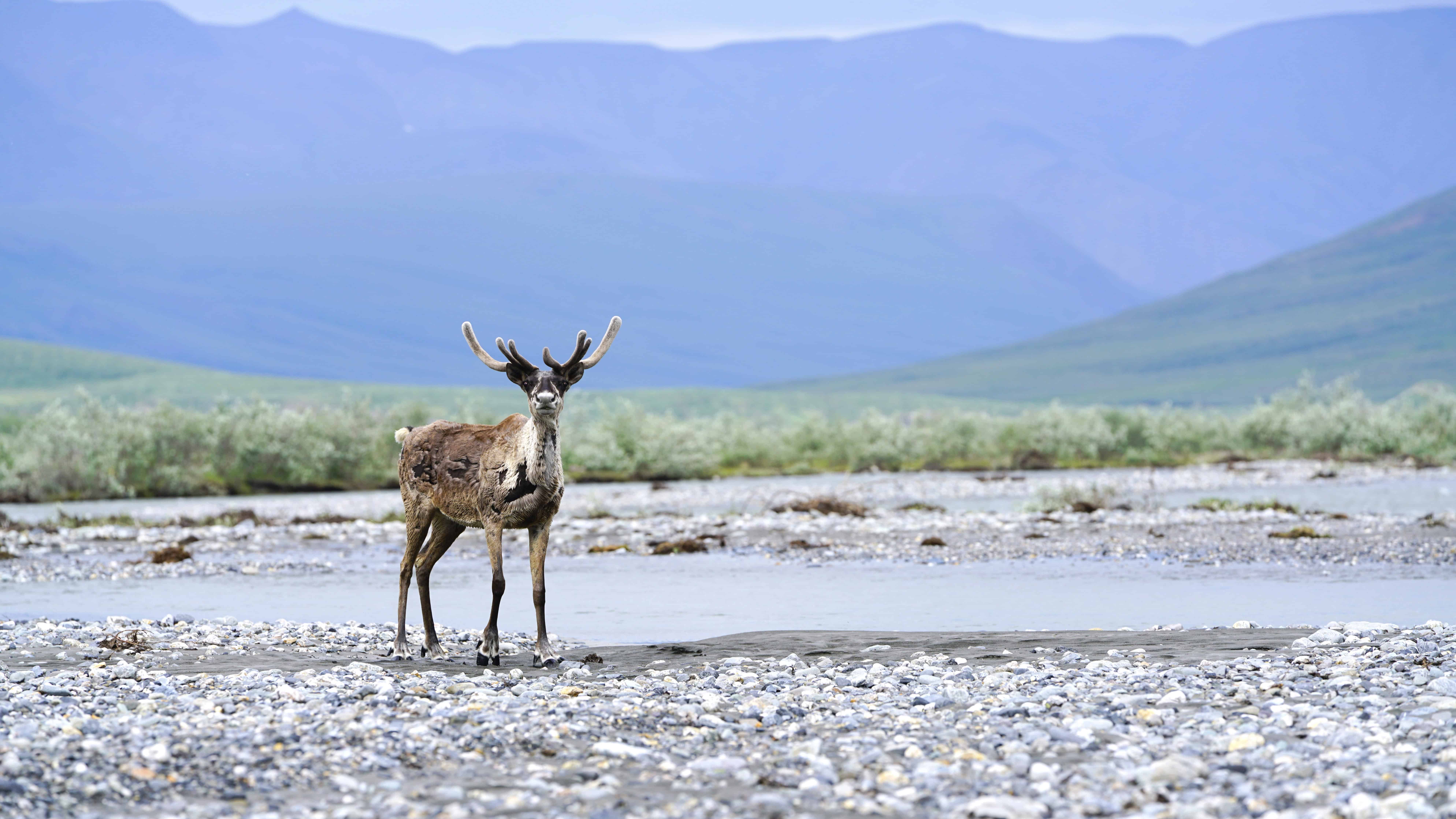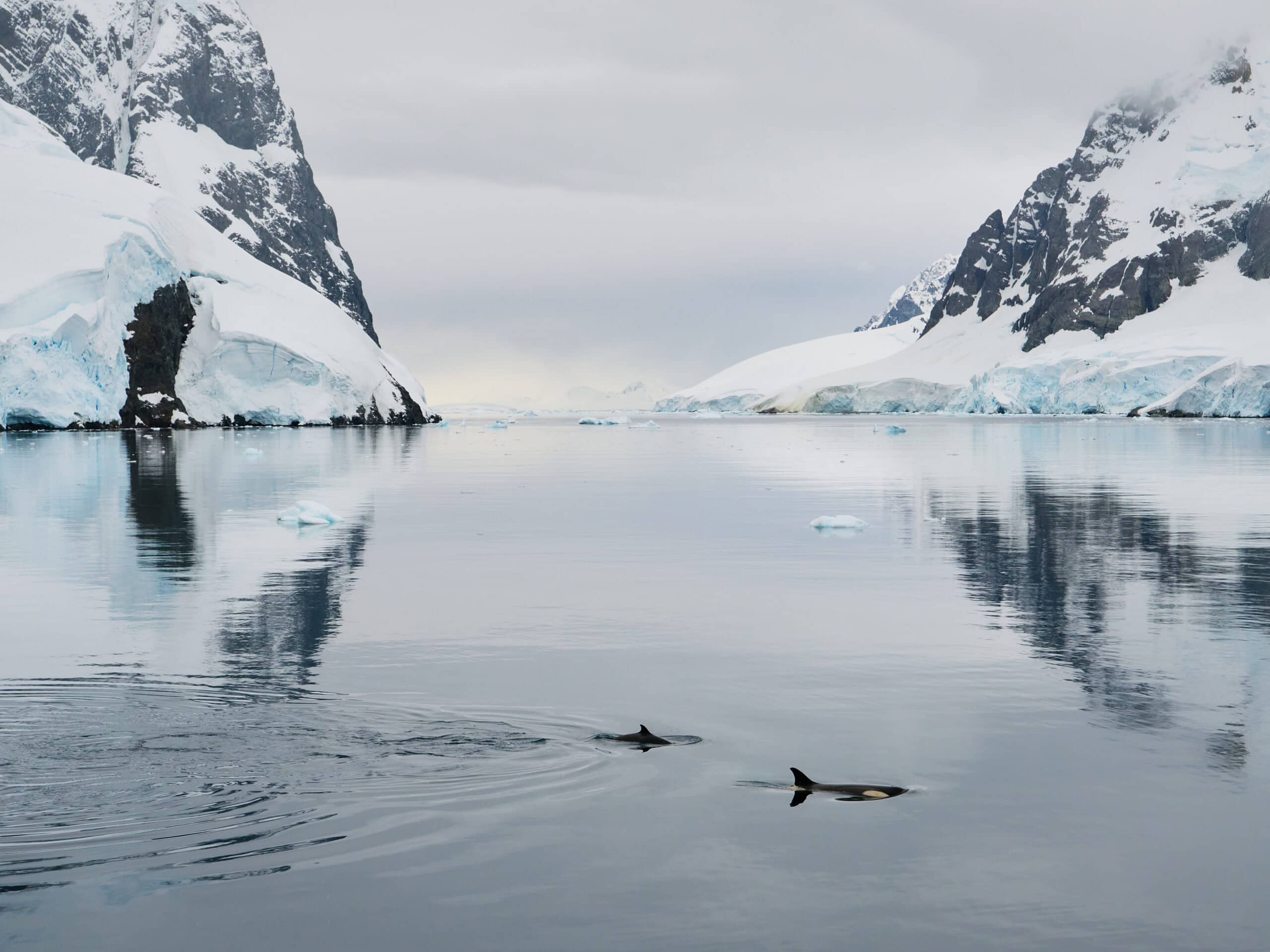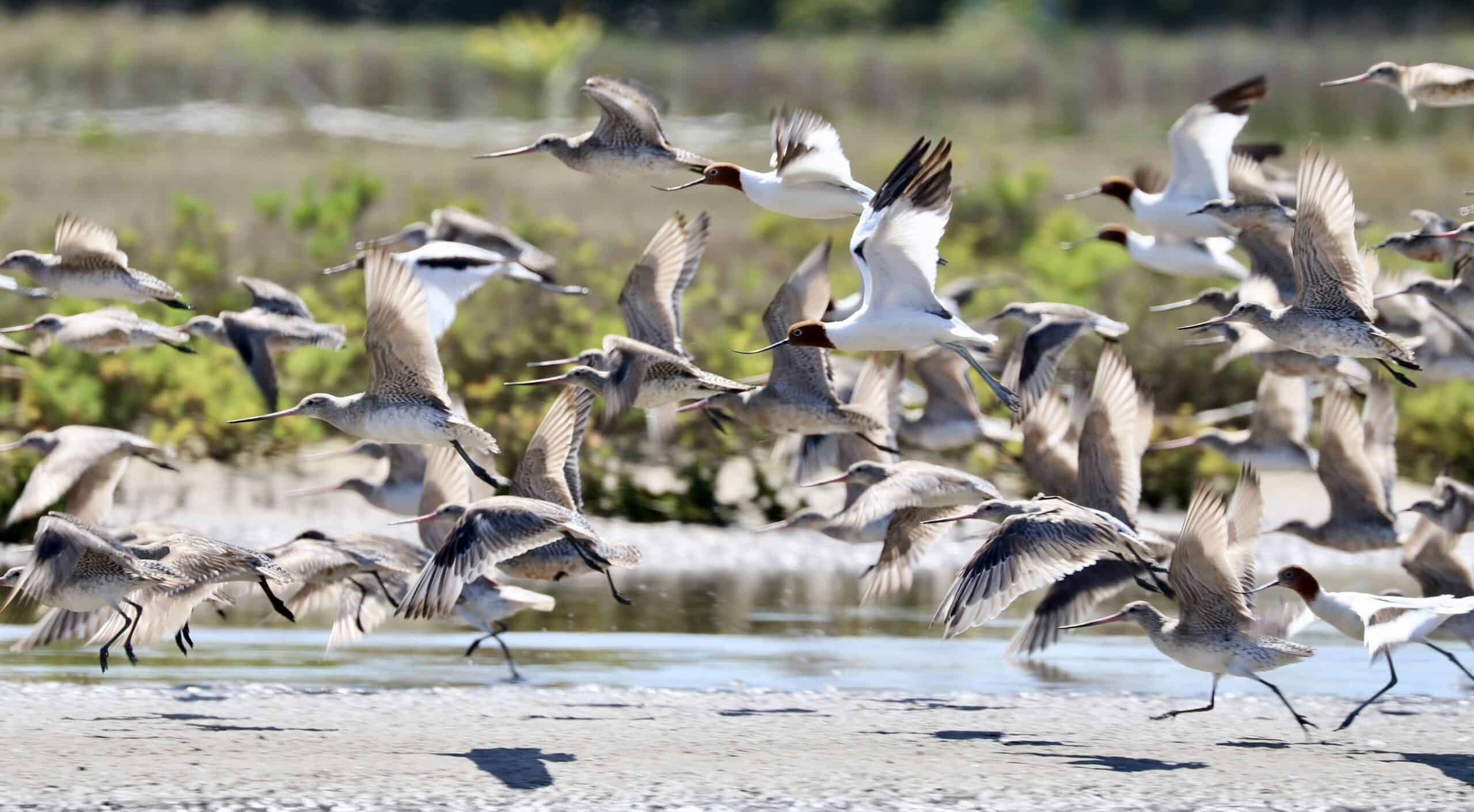Share this article
Warbler genes predict vulnerabilities to climate change
By sequencing the genome of yellow warblers (Setophaga petechia), researchers with the Bird Genoscape Project at UCLA found some subpopulations’ genes make them more vulnerable to climate change than others.
Broadly distributed across North America in the breeding season, yellow warblers spend time in a wide variety of climates, from California’s arid Central Valley, to Canada’s rainy Atlantic provinces.
Researchers wanted to use the bird’s genetic information to project how much the population might adapt to “keep up with the pace of climate change,” said lead author Rachael Bay, a postdoctoral researcher at University of California Davis.
She and her colleagues collected yellow warbler samples from other researchers, bird banding stations and museums, coming up with samples from 21 different locations. They extracted the DNA from the samples, sent it to a lab for sequencing and compared places throughout the genome that were correlated with environmental variables. Precipitation turned out to be the most important predictor for genomic adaptation in the birds.
“There’s quite a bit of evidence of adaptation in the genome,” Bay said. In the Rocky Mountains, they found, the warblers showed high genomic vulnerability, meaning they would have to adapt a lot to climate change. In the Midwest, they showed low vulnerability and less need to adapt.
The team found that in regions where yellow warblers were most vulnerable based on their genes, they were already experiencing population declines. “This shows these populations are already experiencing negative effects of climate change that will be more severe in the future,” she said.
Bay hopes managers use this information when considering which populations need more protection or conservation measures than others.
“You might imagine a case where someone is trying to decide a bit of habitat to protect,” she said. “They can go to our map and say, ‘Where are yellow warblers going to be the most vulnerable to climate change?’ and help that population more.”
Bay suggests studies on genomes in relation to adaption to climate change be done on other species to help predict their vulnerability.
“We hope to find the collaborators and funding to do this for many more species,” she said.
Header Image: A yellow warbler caught and measured in the field. The birds have different genes that help determine their vulnerability to climate change. ©Daniel Karp

